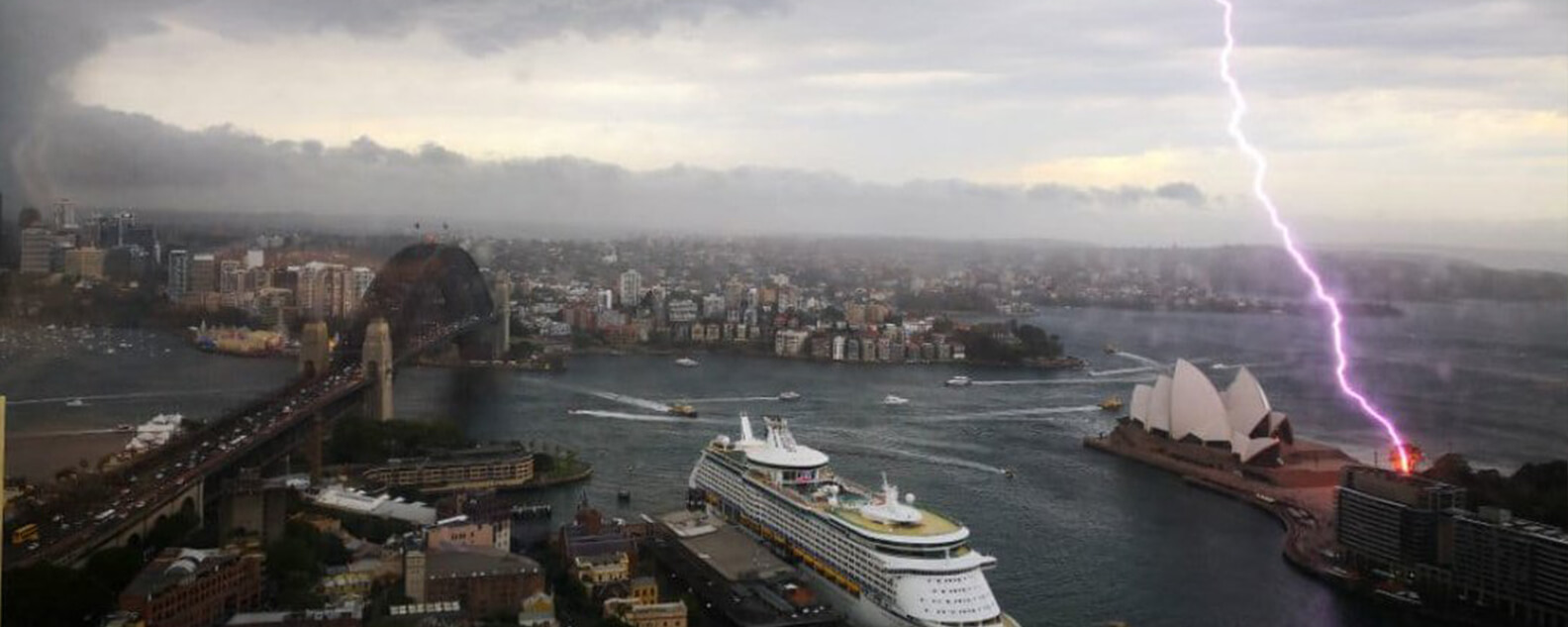In most trees, the layer just under the bark contains moisture. Since water is a better electrical conductor than wood, lightning striking a tree tends to travel just underneath the bark. The explosive expansion of the lightning's return stroke will literally blast off the bark, and sometimes some of the wood, along the length of the lightning channel. The result is visible scarring along the trunk of the tree.
A tree struck by lightning has been stressed severely. The intense heat and energy of the strike compromises the tree's internal infrastructure.
Dr Dale Dixon
Stressed trees are targets for insect and disease problems
Arborists say that there's not much that can be done for a tree that has lost a significant amount of bark.
“Once a tree is scarred it loses its protective bark and becomes susceptible to disease, extreme weather and parasites," says Dr Dale Dixon, Curator Manager at the Royal Botanic Garden Sydney.
"It may survive for a few months or even a year but this takes a toll on the trees health because the bark can’t be grafted or grow back. Some trees die immediately from what looks like small external damage while others will live for a number of years.”
In trees that are already dying or rotting, the moisture may be concentrated deep in the trunk. When an already vulnerable tree is truck the lightning will travel through the core of the tree with significant results. The powerful strike will be explosive and blow the trunk apart, splitting the trunk in two, or totally obliterated to splinters.
If heavy rain has occurred prior to the electrical storm and the outside of the tree is soaked, a bolt may flash over the outside of the bark, leaving little or no damage in its path.






